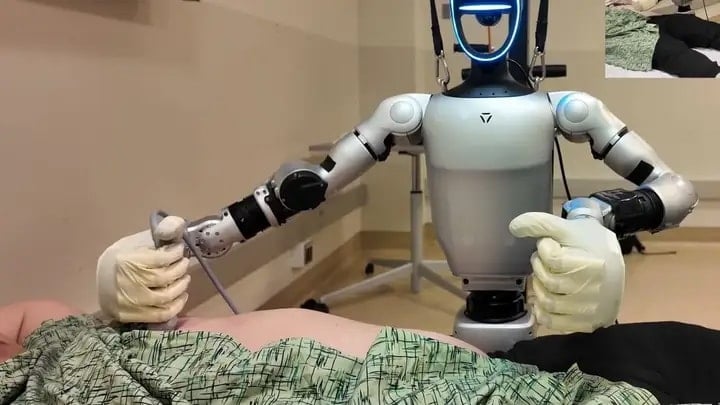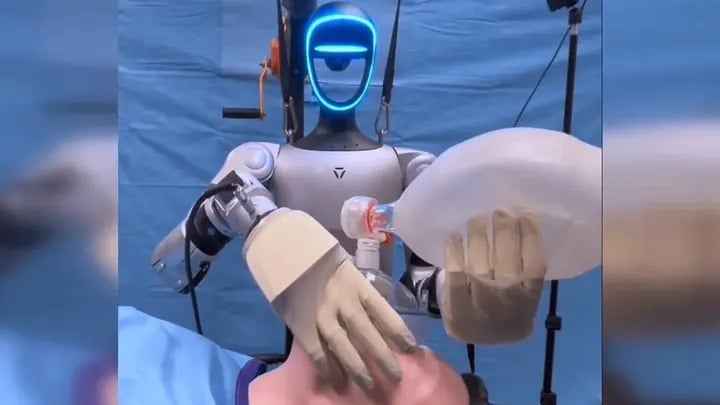Robots will now be working in provincial hospitals! They've even performed surgeries and examinations.

The rapidly growing global artificial intelligence technology has begun to threaten many professions. While the combination of humanoid robots and AI makes human life easier, it also creates many problems.
Will the robots we buy as toys now take away our jobs?
Researchers at UC San Diego University in the US launched a new study to address hospital overcrowding and the insufficient number of doctors available. A robot doctor performed everything from physical examinations to intubation.

Could a robot examine you in the future? They succeeded on the first attempt in the US. The medical robot performed everything from physical examinations to intubation. The high-tech robotic hands and precision motion system on the Unitree G1 model, remotely controlled by a human operator, successfully completed seven different clinical tasks. Procedures such as physical examinations, emergency interventions, and precision injections were performed using VR tracking devices, motion cameras, and foot pedals.
Healthcare systems worldwide are struggling to cope with increasing patient volumes and staff fatigue. Researchers at UC San Diego in the US are addressing this challenge with teleoperation technology. The Unitree G1 humanoid robot is equipped with Inspire Gen4 hands and a dual-arm teleoperation system, allowing it to be controlled remotely by human command.

The seven medical tasks performed by the robot are as follows:
- Physical examination: heart-lung listening and palpation with a stethoscope
- Emergency intervention: Bag Valve Mask (BVM) ventilation, intubation, tracheostomy
- Precision injection: Ultrasound-guided needle placement (70% success rate, even with non-clinicians)
- Even in the highest-risk emergency procedures, the robot was able to continue interventions with the assistance of a human operator. However, technical improvements such as force control, sensor sensitivity, and hand geometry are still needed. Nevertheless, it demonstrated consistent performance in emergency ventilation.
What does this technology mean in this case?
- Waiting times may be shortened
- Patient traffic management can be facilitated
- The burden on healthcare personnel may be reduced
- Access to basic medical services is available in rural areas.
While not yet fully ready for clinical use, this technology could serve as a "teammate" rather than a robotic assistant in future hospitals. UCSD researchers are planning clinical trials to address gaps in the technology and transition it to real-world hospital scenarios.
However, it still needs improvement, with technical details like sensor sensitivity, hand control, and response times being worked on.
On the bright side, these robots could assist doctors in the future, rather than replace them.
But the real question is: Are these technologies a revolution in healthcare, or a new wave that threatens the profession?
So, would you trust a robot doctor?
SÖZCÜ





